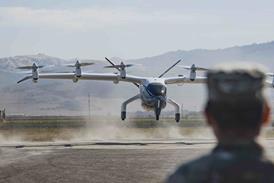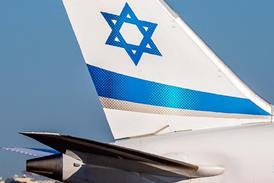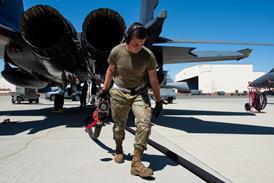THE US GENERAL Accounting Office, has over-ruled a protest by Hughes and Lockheed Martin, over the award of a $398 million NASA contract to TRW, to build two of a series of Earth-Observing System (EOS) satellites, using a common spacecraft bus, which can be used for two possible future craft, increasing the potential contract value by $270 million.
TRW will build the EOS PM 1 polar platform, which will be launched by a McDonnell Douglas Delta booster in December 2000. This will monitor the Earth's atmosphere, cloud cover, precipitation, snow cover and sea ice, as part of the NASA Mission to Planet Earth long-term programme to study the environment.
The craft will be followed by the EOS Chemistry 1 platform in December 2002, again aboard a Delta, although a continuing debate between the US Congress and NASA may result in it being converted to a smaller spacecraft bus. The EOS Chemistry 1 will be used to measure the variety of chemicals in the Earth's atmosphere.
Hughes, which was awarded the $2 billion contract, to develop the EOS Science Data and Information System and which is building EOS payloads, has argued that its bid received a higher technical assessment from NASA, than did TRW's, while it and Lockheed Martin claim that TRW's $398 million estimate for the first two spacecraft, is unreasonably low.
Lockheed is the builder of the first EOS satellite, the EOS AM 1, to be launched on an Atlas 2AS in June 1988. It is the only larger spacecraft bus remaining of the originally envisaged programme, which has been continually modified since its inception, largely because of budget cuts. The EOS budget has been reduced by 50% since 1992 and a further $2.7 billion may yet be axed from the programme until 2000.
The potential TRW-built AM 2 and PM 2 spacecraft may yet be shrunk, while the planned EOS ALT Radar and ALT Laser missions may also be modified. Smaller EOS missions are being planned.
Source: Flight International




















